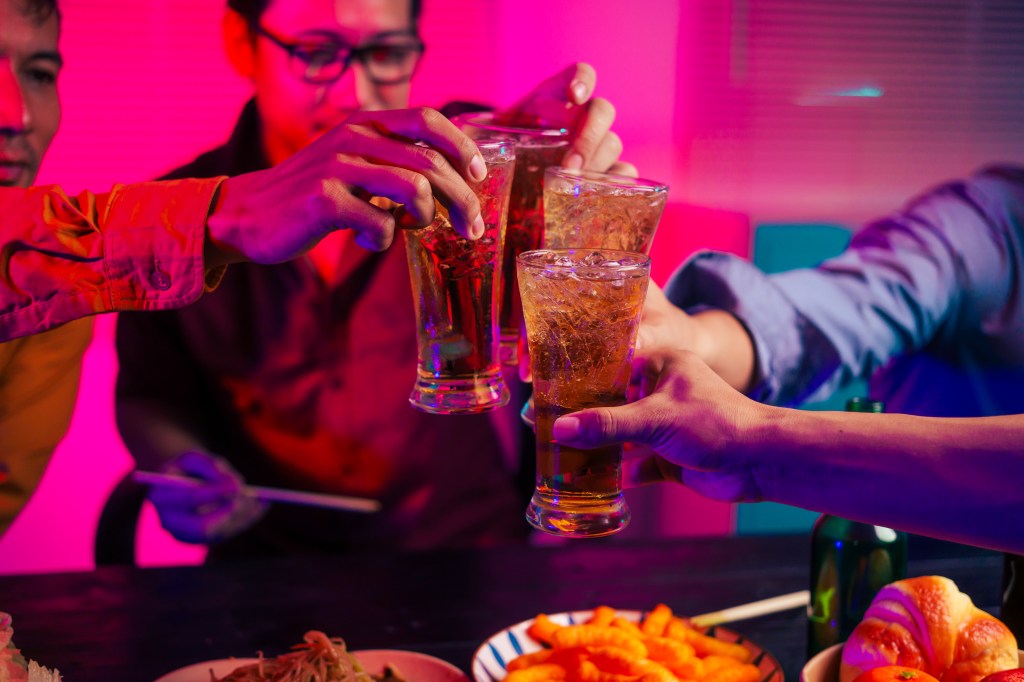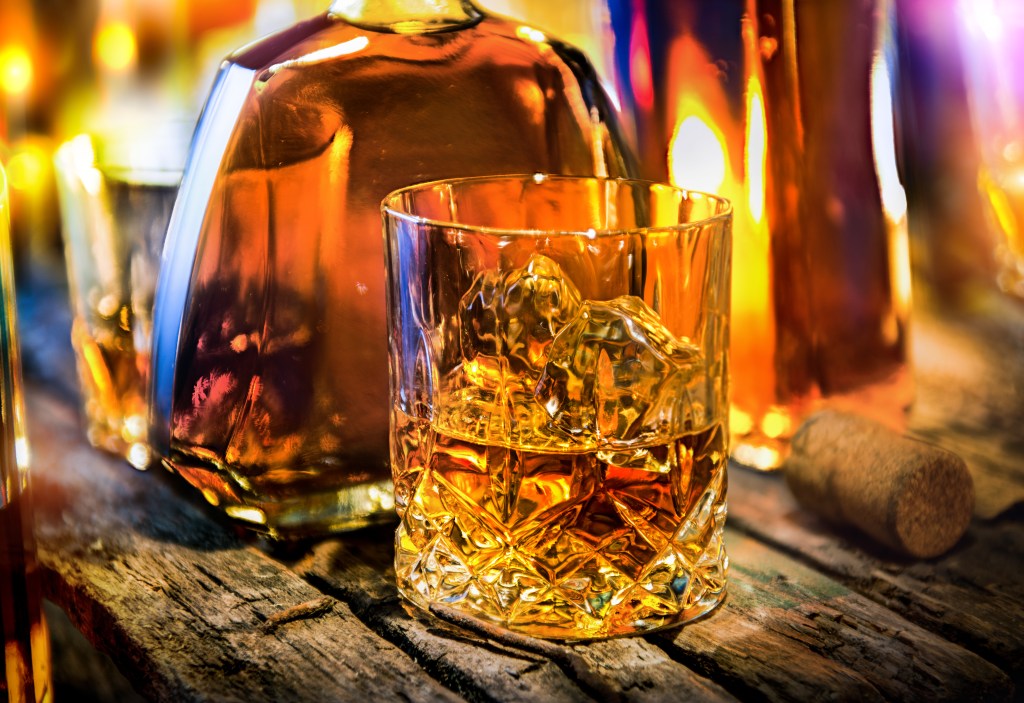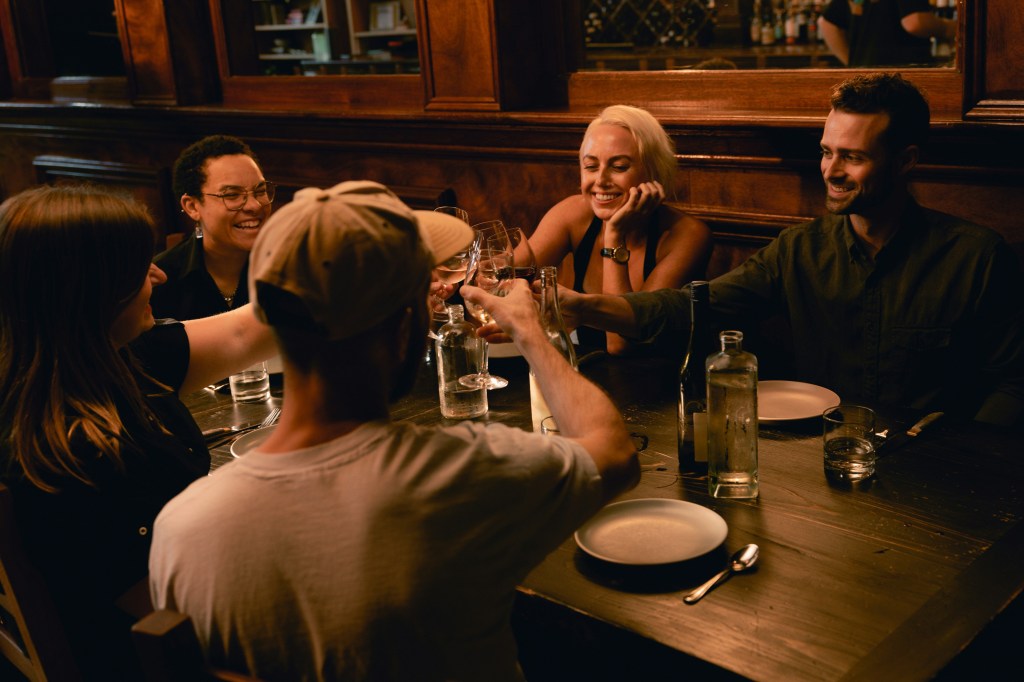The sober curious movement presents both a challenge and an opportunity for bars and restaurants
The “sober curious” movement is turning the tables on what a typical night out looks like for many Americans—as well as what the next morning feels like.
Alcohol consumption has been relatively flat over the past year, which has urged many establishments to get creative in their efforts to attract consumers—and keep them coming back. Now, as a growing percentage of consumers cut back on their alcohol consumption, restaurants, bars, and other establishments are having to get equally creative with their drink offerings to meet the needs of consumers opting for booze-free nightlife experiences.
As with many of today’s consumer trends, Millennials are driving the mindful drinking movement, as 66% say they’re making efforts this year to reduce their alcohol consumption—well above the average 47% among all U.S. consumers 21 and older. We started tracking this last trend year, when 54% of consumers said they abstained from alcohol at some point during 2018, with 50% citing health as the primary motivator.
Health and wellness isn’t a new focus for consumers, but it is one that’s starting to shape evenings out—and other occasions as well. Earlier this year, for example, just over one-fifth of Americans said they participated in Dry January, a month-long refrain from alcohol consumption started by the nonprofit charity Alcohol Change U.K. back in 2013. And the movement shows no signs of slowing, as 83% of Americans who participated this year say they will participate again in 2020.
But pushing pause on alcohol consumption isn’t just something people think about after the year-end holidays and New Year’s. Sober September is the latest 30-day alcohol detox to come around, signaling a time to wave goodbye to the lazy days of summer and get back to our regular routines.
Despite how dim this might sound for bars and restaurants, demand for beverages with no and low-alcohol content is rising. Within bars and restaurants, no and low-alcohol beer is the fifth-fastest growing beer type in the U.S., and has a total value of $77 million. And at retail, non-alcoholic beverages are worth $7 billion more than just four years ago. In the last year alone, retail sales of non-alcoholic beverages have posted sales growth of $1.1 billion.
As with any category or industry, change doesn’t mean that a revenue stream has evaporated. For bars and restaurants that don’t adapt to shifting preferences, however, the outlook will be far less bright. Near-beers, premium soft drinks, mocktails, low- and non-alcoholic options, kombuchas, and botanical tinctures all offer a wealth of opportunity for on-premise establishments to experiment with and promote to consumers.
Although soda, water, and juice should always be staple offerings, they offer little revenue upside for bars and restaurants. It’s also unlikely that the sober nightlife crowd would enjoy an evening fueled by flavorless seltzers and club sodas. Rather, those seeking a night on the town are seeking experiences and premium offerings in the same way that alcohol drinkers are. Skillfully crafted mocktails, however, can offer uniqueness, health benefits, and an appearance that fits the occasion—a bar experience without the buzz.



